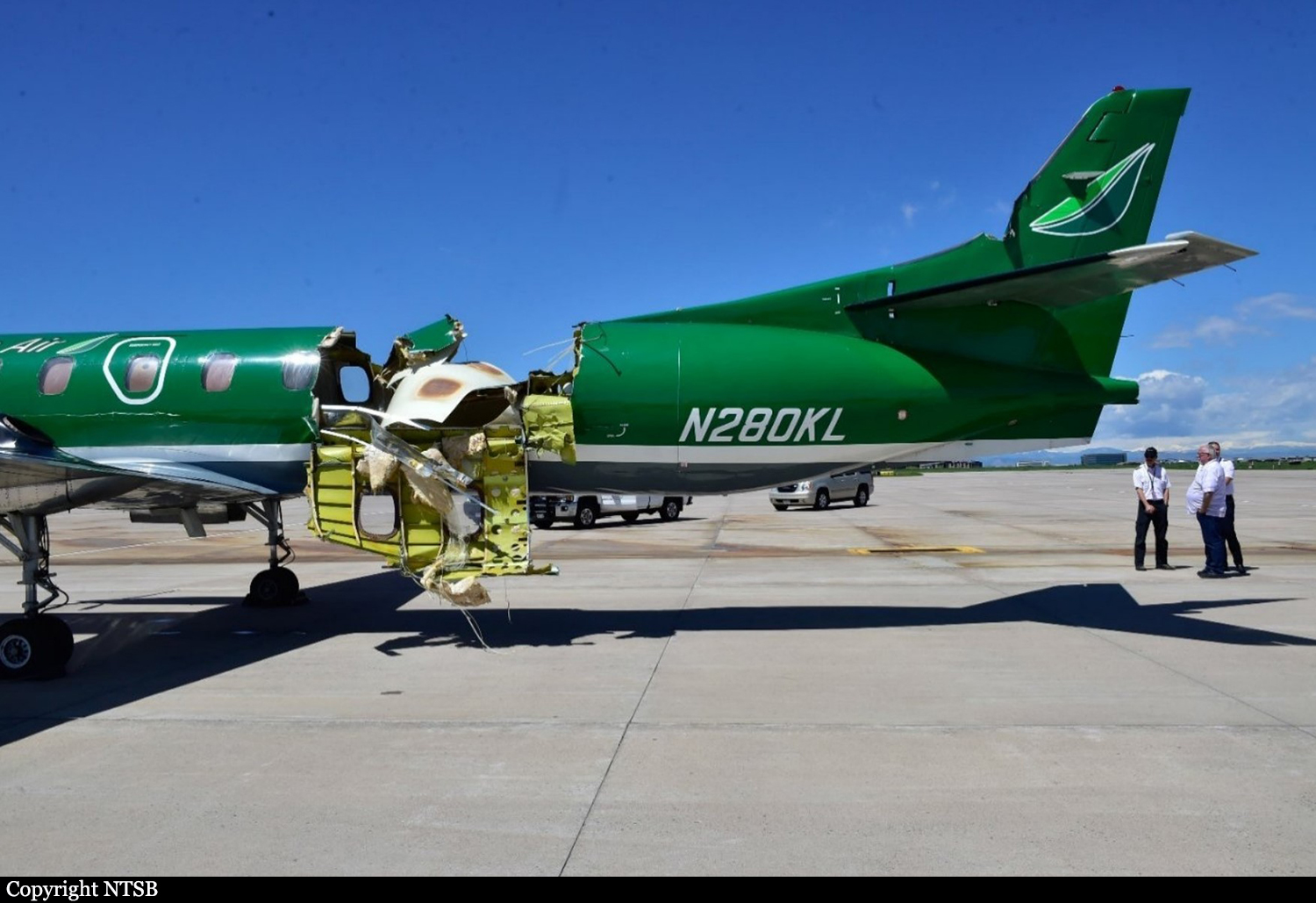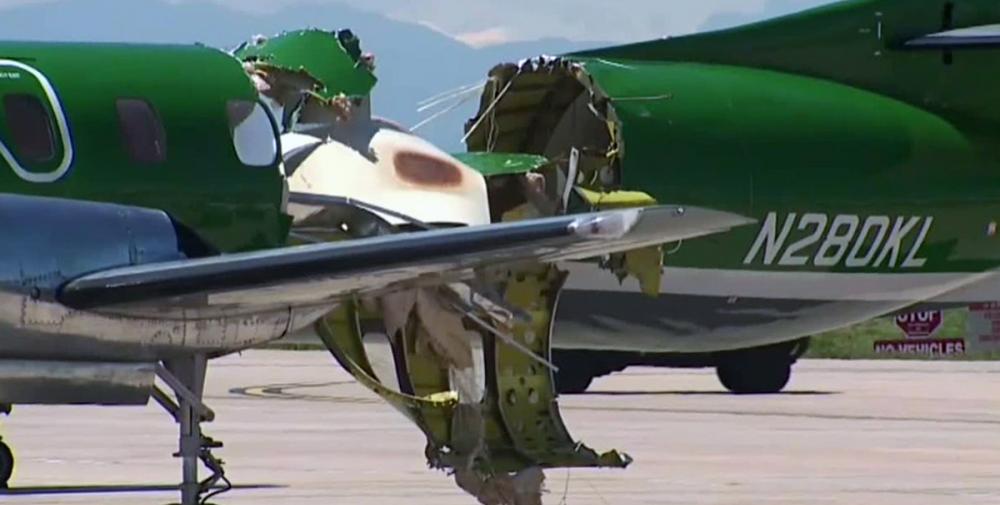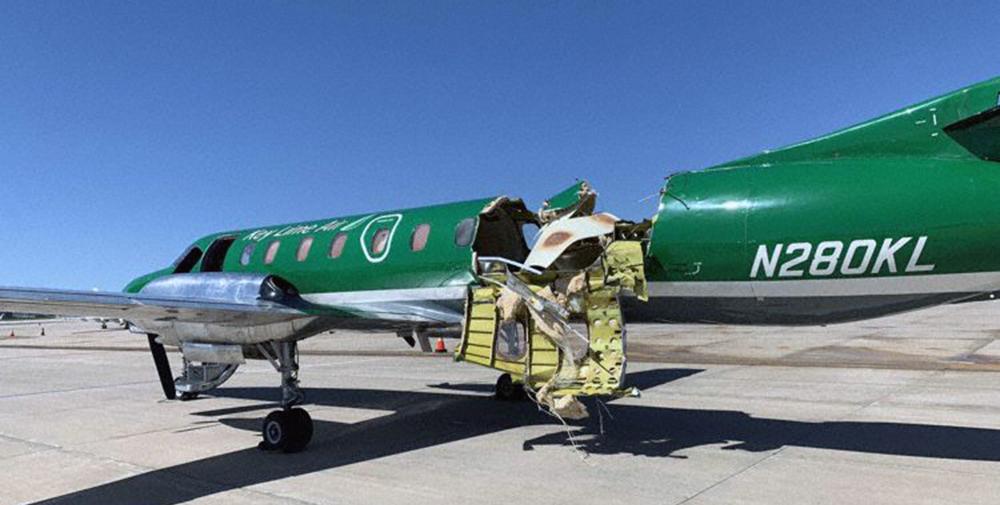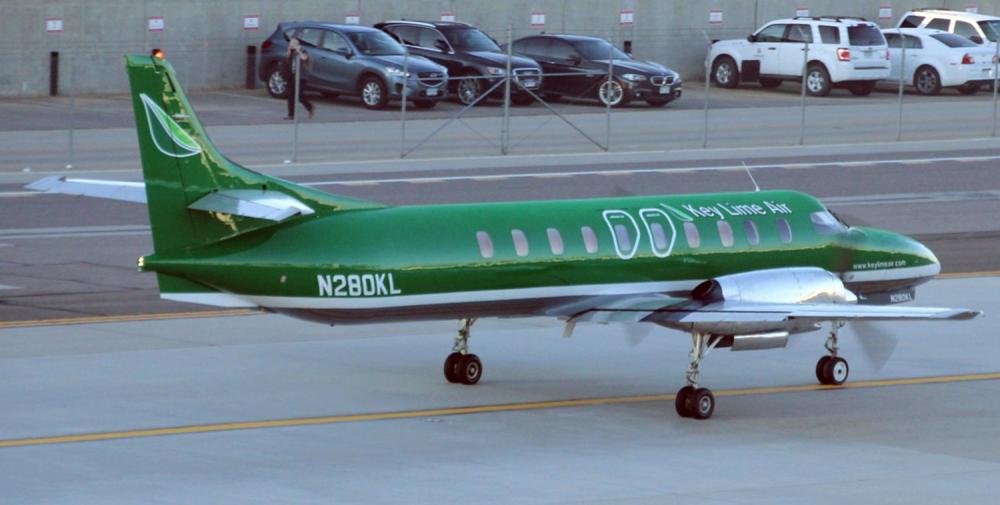Date & Time:
May 12, 2021 at 1023 LT
Type of aircraft:
Swearingen SA226 Metro II
Registration:
N280KL
Flight Phase:
Landing (descent or approach)
Flight Type:
Cargo
Survivors:
Yes
Schedule:
Salida – Denver
MSN:
TC-280
YOM:
1978
Flight number:
LYM970
Country:
United States of America
Region:
North America
Crew on board:
1
Crew fatalities:
0
Pax on board:
0
Pax fatalities:
0
Other fatalities:
0
Total fatalities:
0
Captain / Total hours on type:
2656
Aircraft flight hours:
29525
Circumstances:
A Cirrus SR22 and a Swearingen AS226TC were approaching to land on parallel runways and being controlled by different controllers on different control tower frequencies. The pilot of the Swearingen was established on an extended final approach for the left runway, while the pilot of the Cirrus was flying a right traffic pattern for the right runway. Data from an on-board recording device showed that the Cirrus’ airspeed on the base leg of the approach was more than 50 kts above the manufacturer’s recommended speed of 90 to 95 kts. As the Cirrus made the right turn from the base leg to the final approach, its flight path carried it through the extended centerline for the assigned runway (right), and into the extended centerline for the left runway where the collision occurred. At the time of the collision, the Cirrus had completed about ½ of the 90° turn from base to final and its trajectory would have taken it even further left of the final approach course for the left runway. The pilot of the Swearingen landed uneventfully; the pilot of the Cirrus deployed the airframe parachute system, and the airplane came to rest upright about 3 nautical miles from the airport. Both airplanes sustained substantial damage to their fuselage. During the approach sequence the controller working the Swearingen did not issue a traffic advisory to the pilot regarding the location of the Cirrus and the potential conflict. The issuance of traffic information during simultaneous parallel runway operations was required by Federal Aviation Administration Order JO 7110.65Y, which details air traffic control procedures and phraseology for use by persons providing air traffic control services. The controller working the Cirrus did issue a traffic advisory to the Cirrus pilot regarding the Swearingen on the parallel approach. Based on the available information, the pilot of the Cirrus utilized a much higher than recommended approach speed which increased the airplane’s radius of turn. The pilot then misjudged the airplane’s flight path, which resulted in the airplane flying through the assigned final approach course and into the path of the parallel runway. The controller did not issue a traffic advisory to the pilot of Swearingen regarding the location of the Cirrus. The two airplanes were on different tower frequencies and had the controller issued an advisory, the pilot of the Swearingen may have been able to identify the conflict and maneuver his airplane to avoid the collision.
Probable cause:
The Cirrus pilot’s failure to maintain the final approach course for the assigned runway, which resulted in a collision with the Swearingen which was on final approach to the parallel runway. Contributing to the accident was the failure of the controller to issue a traffic advisory to the Swearingen pilot regarding the location of Cirrus, and the Cirrus pilot’s decision to fly higher than recommended approach speed which resulted in a larger turn radius and contributed to his overshoot of the final approach course.
Final Report:
N280KL.pdf2.36 MB










